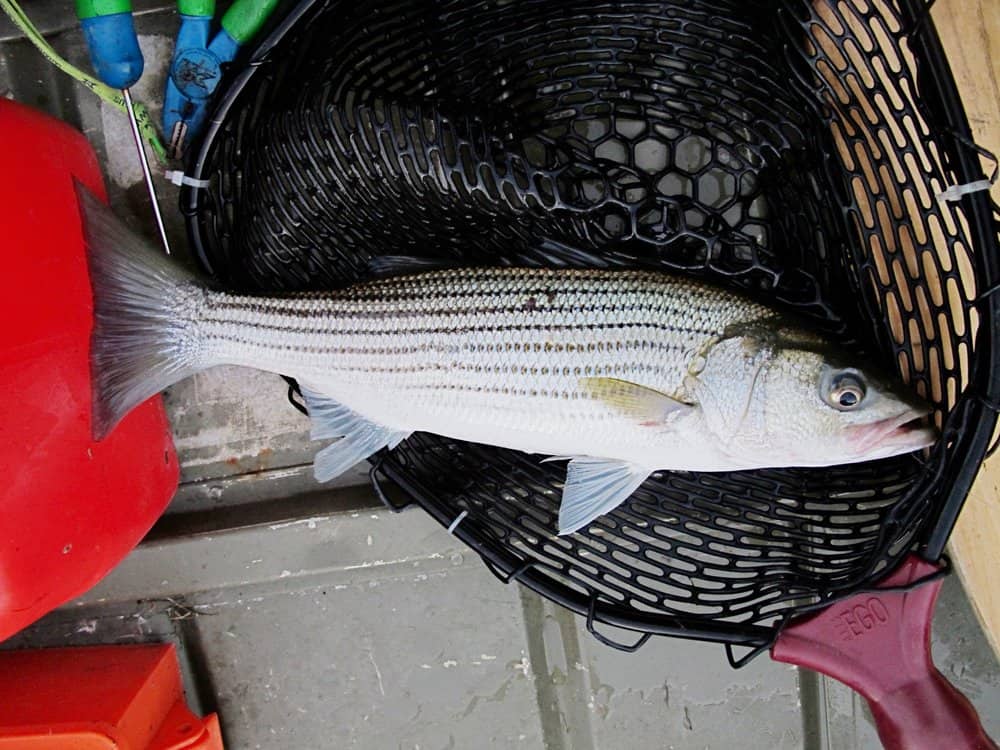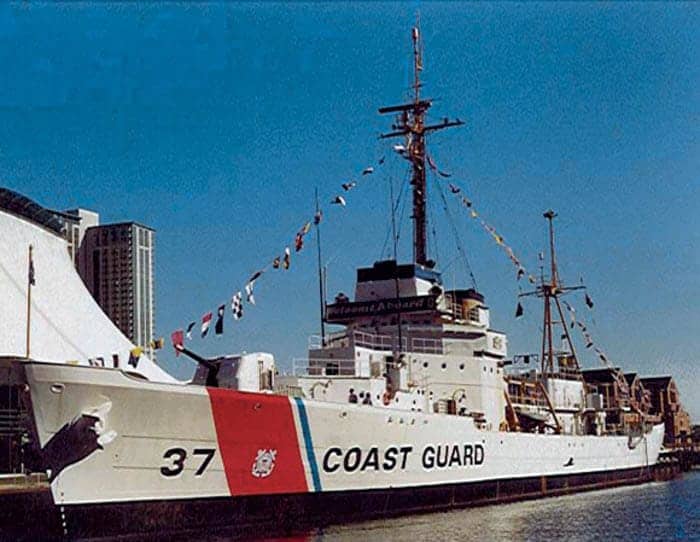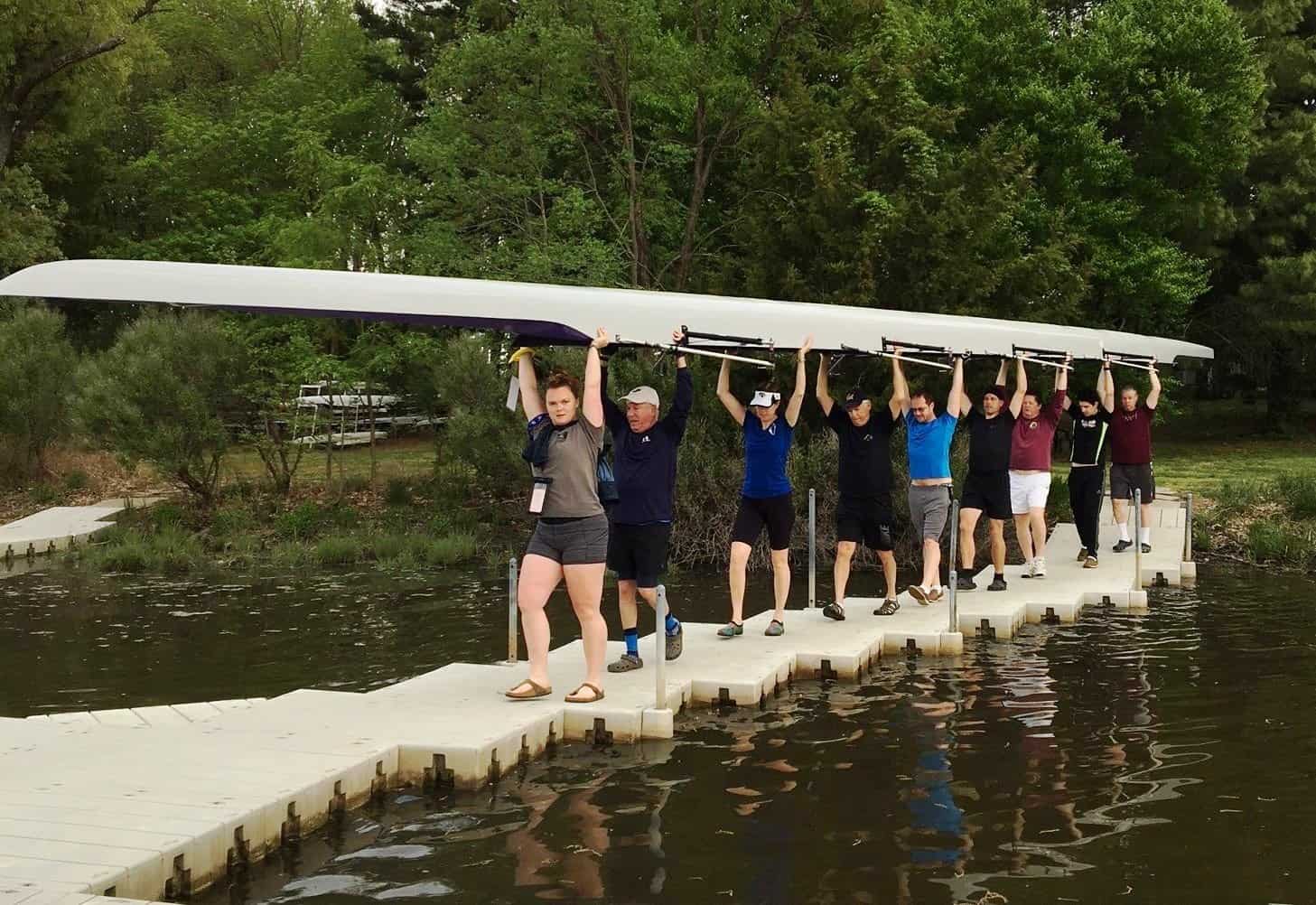The Maryland Department of Natural Resources (DNR) is moving ahead with a last-minute change in summer and fall recreational striped bass regulations.
The action will reduce the minimum size of recreationally-caught striped bass, locally known as rockfish, from 20 inches to 19 inches for anglers and charter boats.
The Atlantic States Marine Fisheries Commission (ASMC) approved the state’s proposal in February, but it must still be approved by the Maryland General Assembly Joint Committee on Administrative, Executive and Legislative Review, which oversees regulatory changes. This is formally referred to as an “emergency regulation” only because it has to proceed in advance of the normal legislative schedule in order to take effect in time for the summer season, which begins on May 16 in certain parts of Maryland’s portion of the Bay.
“Following a series of robust conversations and discussions with anglers, charter boat captains, conservationists and other stakeholders, the department believes that moving to a 19-inch rockfish, with corresponding conservation actions and efforts, will reduce striped bass mortality in the bay and provide additional recreational opportunities for anglers,” Maryland Natural Resources Secretary Mark Belton said. “The change will benefit anglers and charter boat captains, and – most importantly – the species, which we are committed to conserving and protecting.”
As a “conservation equivalency” exchange for the lower minimum size, which the charter-boat industry lobbied hard for, DNR proposed a new requirement that anglers use non-offset circle hooks for chumming and live-bait fishing to reduce deep (“gut”) hooking, which is usually fatal to released fish. Additionally, anglers using natural or even processed bait such as Fish-Bites or Gulp must use J-hooks with gaps of a half-inch or smaller (basically #1/0 or smaller) or circle hooks. The ASMFC Striped Bass Technical Committee accepted this proposal. Now it’s up to the General Assembly committee to approve the measure.
A non-offset circle hook has the point exactly inline with the shaft, and the hook is forged to be perpendicular to the shank in a way that causes the fish to be hooked in the corner of the jaw instead of deeply where it can cause terminal damage. The expectation is undersized fish that are released alive will have a better chance of survival than deep-hooked fish, and thereby provide the conservation equivalency to comply with the science-based fishery management plan.
In anticipation of the proposed changes, Maryland DNR intends to launch a campaign to teach anglers, charter boat captains, and bait-and-tackle retailers how the new minimum size and gear requirements work. As that program develops, you can pick up solid information on circle hooks from fishing expert/author Shawn Kimbro at this Chesapeake Light Tackle link – Circle Hook Confusion.
The department is also briefing Natural Resources Police, in order to enforce the new rules.




